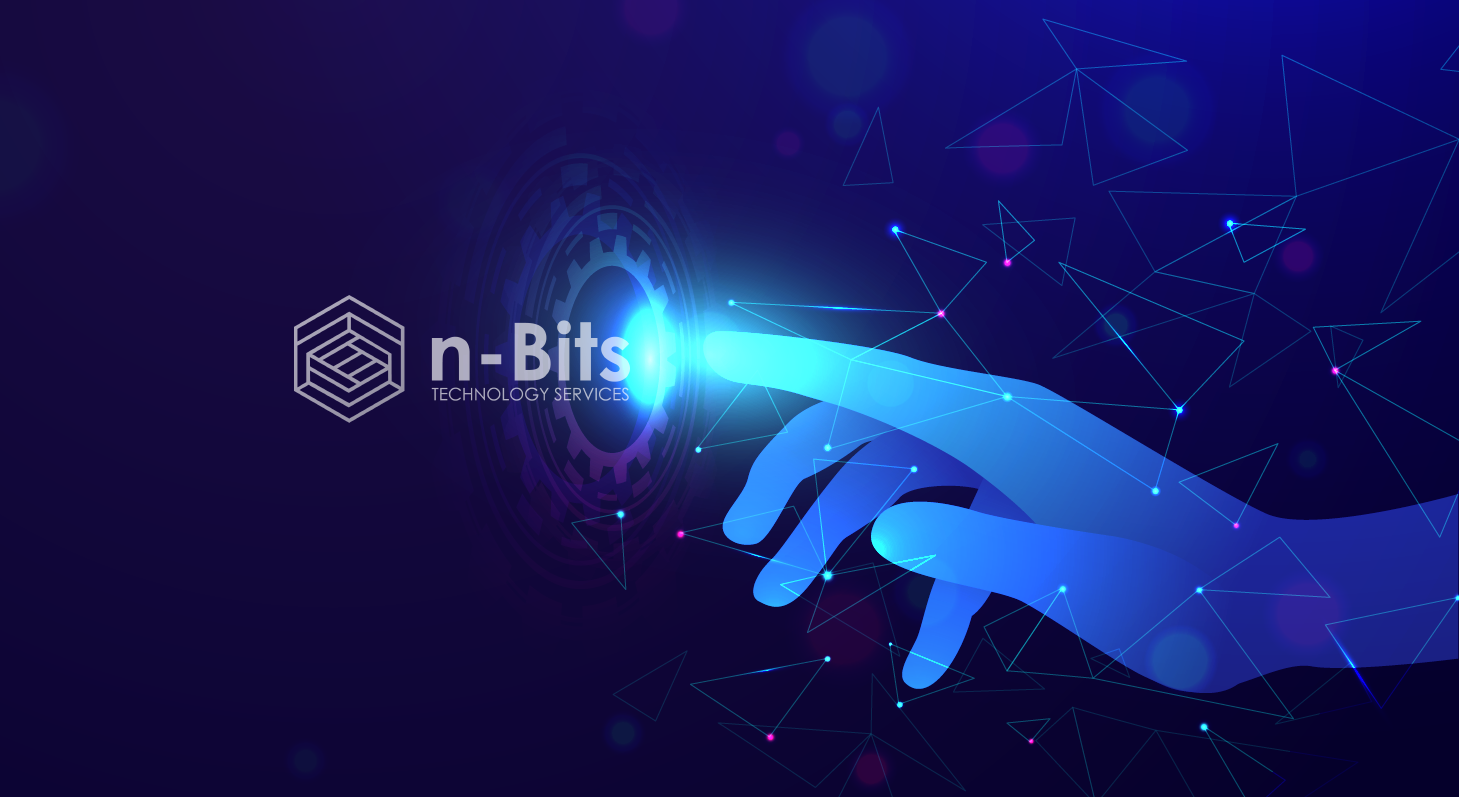Can our generation imagine living in a world without cellular network or internet! Yes, the feeling is mutual. It’s not the sense of dependency that makes us curious about the technology but an entire evolution that took place over 6 decades, which we term as Information Technology. As the name suggests – Information – stands for data or information and the way it’s created, processed, shared and stored. A large spectrum of technology is responsible to make that happen. Naturally, different era of computing technology witnessed some remarkable breakthroughs along the way and hadn’t just happened over night.
Let’s explore evolutionary stages of modern IT.
– The old tech
Abacus, the basic computing device, came into existence in 500 B.C but an actual first functional and programmable modern computer, Z1 was created in 1936 by Konrad Zuse. But even Z1 precedes electronic phase of modern information technology development. This development took place over five distinct phases. To answer why Information Technology is an integral part of our living experience, we will dive deep into these different phases.
– The highly centralized computing technology, first modern mainframe.
IBM, the first vendor to introduce an end-to-end IT infrastructure on large scale in 1964. It is widely known as IBM 360, capable of processing 2,29,000 calculations per second. Some of the largest enterprises and organizations were provided a solid technological foundation capable of – ‘process automation’. However, by the 80’s new technologies emerged like SUN’s RISC processor which challenged the dominance of mainframe. There’s something important to mention here that despite the competition, mainframe continued to evolve as platforms to support modern business and retail sector. Even now in so many places we see IBM mainframe computer handling copious amount of task like in banks, retail sector, hospitals etc. Innovations slowly shifted towards meeting specific needs. More specific solution for specific problems triggered the birth of decentralized computers. Social transactions needed affordable solutions that can help perform daily tasks at ease. From college students to employees, small business to manufacturing industries, artists to soldiers, a large number of people got used of technology that could solve their daily problems, let alone the organizational management.
– Introduction of personal computers
But it was until 1975 before the first genuinely affordable personal computer emerged. Altair 8800. It still required an expensive assembly, therefore not everyone could afford it except the ones who needed to use for practical applications. Apple 1 and 2 were also launched during that time but was predominantly restricted to the technologies. Mankind was going witness their first personal computer introduced by IBM in 1981. An era began. The first personal computer used operating system from a (little known then) company called Microsoft. Since then, it has been defined as desktop computer came at a much affordable price and performed a range of productivity software tools for word processing, spreadsheets, and database management that appealed to both the enterprise and the individual user.
-Servers and enterprise computing era
As we progressed, business grew. Organizations and enterprises got massively hit by data theft, spamming, hacking resulting into loss of business. It needed stalwart foundation to connect all standalone pcs to in house centralised servers so that employees can collaborate and share resources within an organization. Every standalone PC is networked via a Local Area Network (LAN) to a powerful server computer that would enable access to a range of services and capabilities. During 90’s, a huge surge in Local Area Network based infrastructure dominated enterprise level businesses. However, it overlooked some major challenges like manual resource, location specific infrastructure and storage issues.
– Era of cloud computing
The tech giants like Google, Microsoft, Apple, IBM were pumping resources to develop an infrastructure that cloud eliminate all the shortcomings of LAN based infrastructure. Began the era of cloud computing. It enables enterprise information technology on-demand access to computing resources, including networks, servers, storage, applications, and services, without the cost or hassle of managing and maintaining all that hardware. And most importantly it’s scalability that no business could ever ignore.
– Final thought
Information Technology is a result of constant evolution in hardware and software technology that people needed for their own welfare and has been evolving at a faster rate over the past few decades. Days are not far when AI and machine learning would be very common around every house hold. There’s a fair possibility that human would directly communicate with computers through neural network to perform day today task or would it be a world dominated by A.I. .
3,238 views
